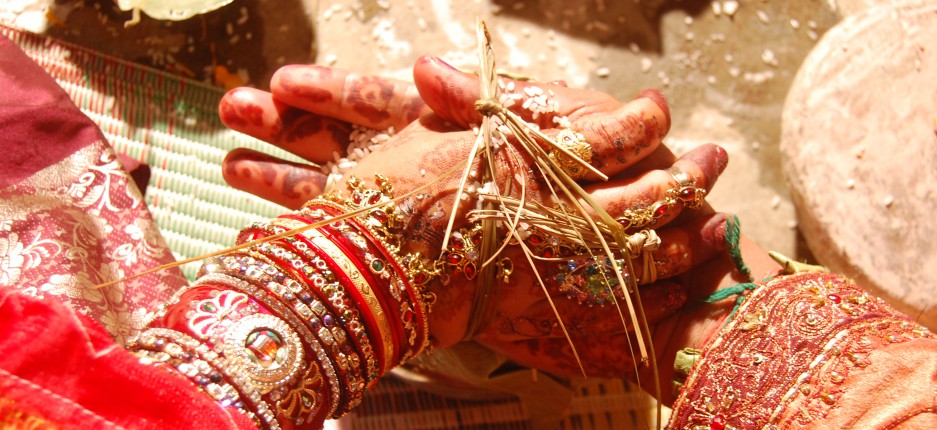Okay, to begin this segment, I would like to mention that this has probably been the most prominent reason as to why I don’t understand the practice of harassment or murder by family members because of dowry. At the beginning of the year, we learned about the family systems in India, and that a joint family was far more favorable than a nuclear one. Wait, really quick, the basic definition of a joint family is “an extended family arrangement prevalent throughout the Indian subcontinent, particularly in India, consisting of many generations living in the same household, all bound by the common relationship.” Its basic purpose is to keep a family very close together, even after marriage, so that it can more easily maintain property, income, and unity. This really struck a note with me while I began researching dowry harassment and other issues caused by its difficulties. I couldn’t understand how a society that emphasizes the importance of sticking together and working with one another could also contain practices that effectively isolate and torment a member of its very own households. I understand that not everyone in India supports or takes part in dowries. But still, how can a culture so eager to promote unity in the hopes of preserving strength and stability so blatantly contradict itself by also containing a practice that isolates the wife because she is not able to meet dowry demands?
In reading an online article about the family system in India, I came across one quote that stuck out like a sore thumb. It stated that one benefit of a joint family is that it “fosters great virtues like sacrifice, affection, co-operation, spirit of selflessness, broadmindedness among its members and makes the family a cradle of social virtues.” This does not seem to be the case to me. Many times, it is these very large families, which are run by the parents or grandparents, that are the biggest offenders of dowry harassment and death. If I had to take a guess as to why this blatant contradiction has become so prevalent in Indian culture, I would have to venture to blame Westernization and its pursuit for economic stability. Because women are not generally capable of earning an impactful income in Indian society, they are (illegally) expected to do so when they enter the family during marriage. But still, this is no excuse for the existence of the harassment and abuse of these wives when they are not physically able to meet their new, joint family’s expectations.
I have no problem with the joint family system that has been set in place in India for many, many years. But I struggle to understand how a system with the intentions of creating cohesion and unity can also, in so many cases, nurture such a terrible and destructive practice in dowry.
Wikipedia contributors, “Hindu joint family,” Wikipedia, The Free Encyclopedia, https://en.wikipedia.org/w/index.php?title=Hindu_joint_family&oldid=716220271 (accessed April 21, 2016).
Shah, Shelly. “Joint Family Culture in India: Meaning, Characteristics, Merits, Demerits.” Sociology Discussion Discuss Anything About Sociology. 2014. Accessed April 20, 2016. http://www.sociologydiscussion.com/family/joint-family-culture-in-india-meaning-characteristics-merits-demerits/2256.
